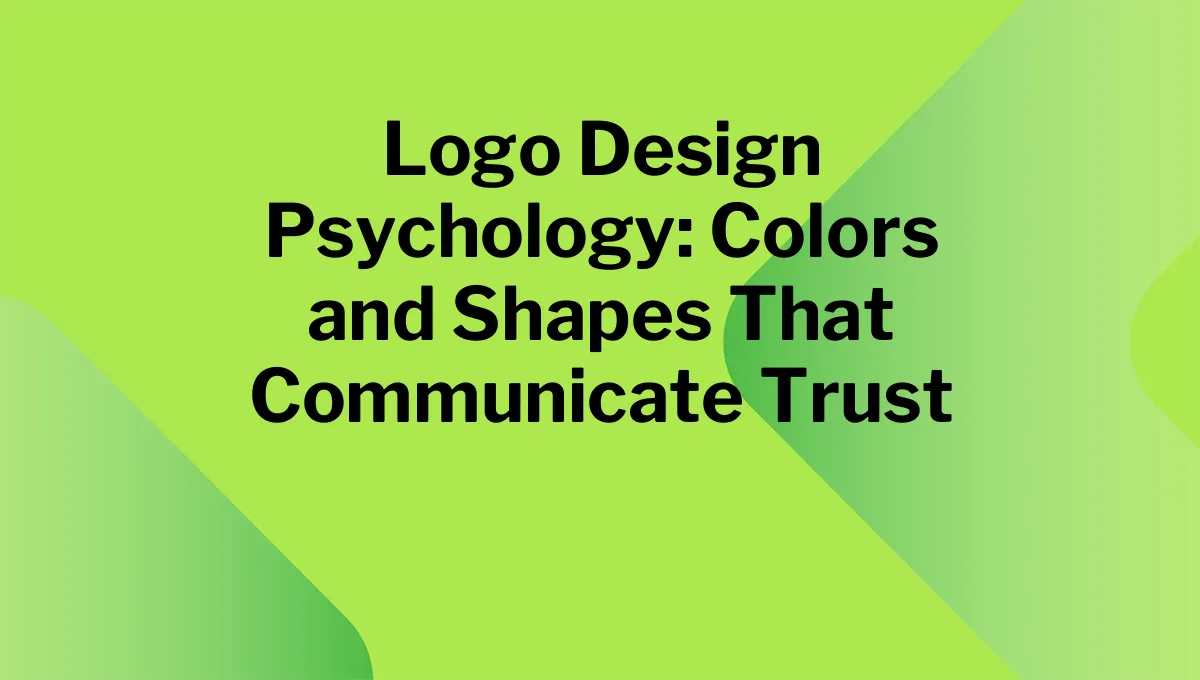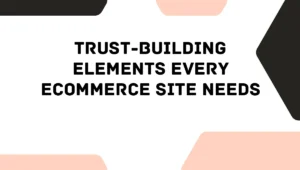Logo Design Psychology: Colors and Shapes That Communicate Trust
In the vast digital landscape where your business competes for attention, your logo isn’t just a pretty picture-it’s your brand’s calling card. the psychology behind logo design plays a crucial role in shaping perceptions, building trust, and establishing memorable connections with your audience. At Cham Agency, we understand that your logo is frequently enough the first encounter potential customers have with your business. Let’s explore the compelling world of logo design psychology, focusing on the colors and shapes that effectively communicate trust.
The Power of Colors: More Than Meets the Eye
Colors evoke emotions, set moods, and inspire reactions.When it comes to logo design, each color carries its own psychological weight. Here’s how to leverage the psychology of color in your branding:
Blue: The Color of Trust
Blue is a frontrunner in the trust category. it’s often associated with reliability, security, and professionalism. Think about tech giants like IBM and social media leader Facebook. Their logos predominantly feature blue, inviting users into their ecosystems with a sense of safety. If you’re in finance, healthcare, or technology, blue can reinforce your brand’s credibility.
Red: Energy and Urgency
Red is bold, dynamic, and attention-grabbing. While it can stir passion and excitement, it also communicates urgency, making it a popular choice for brands that wont to prompt immediate action. Consider Coca-Cola and Target-both brands use red to provoke feelings that lead directly to consumer behavior. Use red wisely in calls-to-action or limited-time offers to spark engagement without overwhelming your primary brand identity.
Green: Growth and Health
Green represents growth, nature, and health. Brands like Starbucks and Whole Foods use green to align themselves with concepts of sustainability and wellness. If your business emphasizes eco-friendliness or growth-whether personal, health-related, or financial-consider integrating shades of green into your logo. It builds a narrative that resonates with environmentally-conscious consumers.
Yellow and Orange: pleasant and Inviting
Bright colors like yellow and orange can communicate friendliness and enthusiasm. Brands such as McDonald’s use these colors to create an inviting atmosphere, making them attractive to families and children.However, utilize these colors sparingly; too much brightness can detract from trustworthiness. Incorporating smaller amounts of yellow or orange in accent elements can generate warmth without overwhelming the viewer.
The Impact of Shapes: Design Elements That Build Credibility
Beyond colors, the shapes you choose for your logo also carry critical messages. Shapes influence perception and can enhance or detract from the trustworthiness of your brand.
Circles: Unity and Wholeness
Circles embody community, unity, and inclusiveness. Brands like Pepsi and NASA use circular logos to promote a sense of completeness and trustworthiness.A circular logo can signify that you are approachable and trustworthy.Think about how you can incorporate circular elements into your logo or branding to communicate a sense of community and reliability.
Squares and Rectangles: Stability and Balance
Squares and rectangles convey solidity and dependability. This is why many financial institutions, including American Express, utilize these shapes. They evoke a sense of stability and security. If your business operates in finance or insurance, employing geometric shapes can enhance your brand’s image as a trustworthy and stable entity.
Triangles: action and Direction
Triangles can symbolize movement, action, and direction. They can suggest innovation and growth, making them ideal for forward-thinking brands. Brands like Google and Delta Airlines integrate triangular elements to signify progression in technology and service. use triangles strategically to accentuate your logo, especially if your business values innovation and forward momentum.
Case Study: How Color and Shape Transformed a Brand
Let’s take a look at a vivid illustration: Airbnb. Originally, the company used a blue logo, which failed to resonate with travelers on an emotional level. In revamping their identity,they switched to a coral pink logo with a unique heart-like shape,symbolizing belonging and trust. This shift not only evoked a sense of community but also differentiated Airbnb from traditional hospitality brands, allowing them to build strong emotional connections with their users.
Actionable Strategies for Your Logo Design
- Identify Your Brand Values: What emotions do you want to evoke? Are you aiming for trust,excitement,or creativity? Define your brand identity before diving into design.
- Color Palette Selection: Choose 2-3 primary colors that align with your brand’s psychology.Test different combinations to see which resonates best with your target audience.
- Shape Significance: Consider the shapes that define your brand personality.Circular for community, square for reliability, or triangle for innovation? your choice should align with your mission and vision.
- A/B Testing: Use A/B tests to see how different logos perform with your audience. Analyze engagement and trust metrics to inform your final design.
- Seek Feedback: Don’t hesitate to gather opinions from your team or clients before finalizing your logo.Insights from diverse perspectives can illuminate blind spots you may have missed.
Conclusion: Trust Thru Design
As you embark on the journey of designing or refreshing your logo, remember that it’s not just aesthetics-it’s strategic psychology. By understanding the emotions evoked by colors and shapes, you can create a logo that genuinely connects with your audience, instilling trust from the first glance. At Cham Agency, we don’t just design logos; we help build relationships between brands and consumers through thoughtful, psychological principles.
Ready to elevate your brand with a logo that communicates trust? Let’s connect and craft a powerful visual identity that resonates with your audience!
This post not only underscores the essential elements of effective logo design but acts as a comprehensive guide for any business looking to solidify its brand presence in the digital marketplace. Bookmark this page for your next design phase or strategy session, and watch your brand’s image transform into one of credibility and trust!





